Kuala Lumpur often gets brushed off as just another big Asian city – a quick stopover on the way to Malaysia’s islands or jungles. And I get it – I used to think the same way before I spent three months living there as a digital nomad. But beneath the shiny skyscrapers and busy streets, KL (as the locals call it) hides layers of character that most visitors never get to experience.
From the aromatic hawker stalls tucked away in century-old neighborhoods to the peaceful temples that sit quietly next to modern malls, this city rewards those who take time to explore its depths. Yes, you’ll find the tourist hotspots like the Petronas Towers, but the real magic happens when you venture into the places where everyday life unfolds. Here’s my collection of the best spots in Kuala Lumpur – both the famous landmarks and the hidden corners that made me fall in love with this misunderstood city.
- Best tourist destination: Petronas Twin Towers
- Underrated hidden gem: Perdana Botanical Gardens
- Best for families: KL Bird Park
- Best for couples: Jalan Alor Food Street
- Best for solo travelers: Central Market
- Best for shopping: Pavilion KL
Petronas Twin Towers
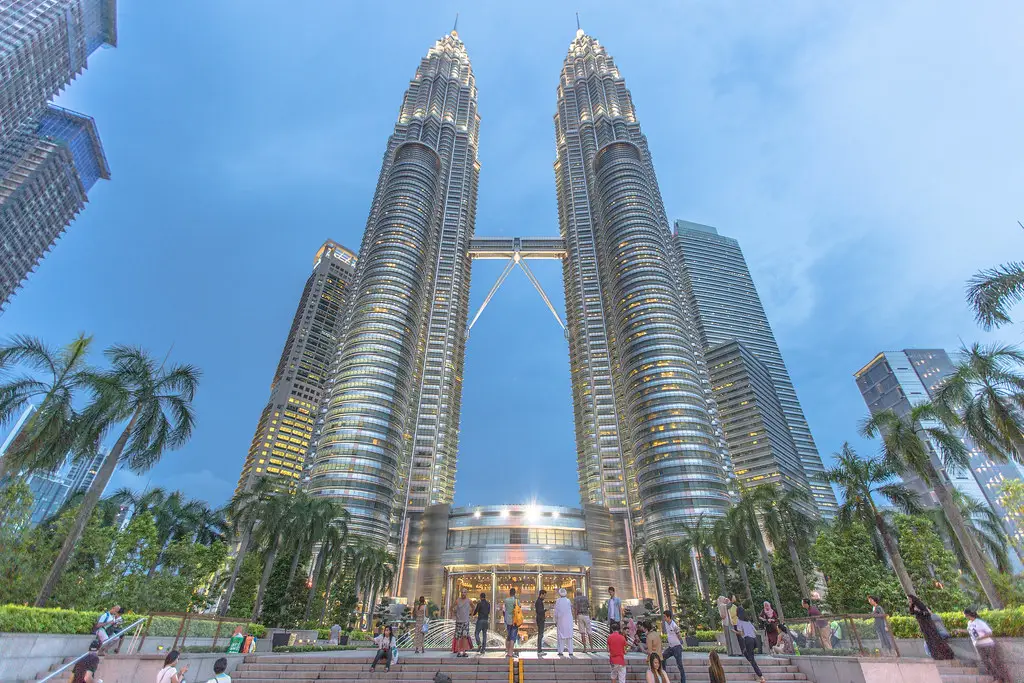
Of all the landmarks I’ve seen in Malaysia, none symbolize the country’s progress quite like the Petronas Twin Towers. These 88-story skyscrapers, connected by a skybridge on the 41st floor, dominated the city’s skyline since 1998 and held the title of world’s tallest buildings until 2004. Walking through the sprawling KLCC Park at their base gives you the best perspective of their towering height, while the observation deck offers views that stretch across the entire city. It’s not just an architectural marvel – the towers house everything from luxury shopping to corporate offices, making them the beating heart of KL’s business district. Even after all these years, they remain the go-to spot for both locals and tourists looking to experience Malaysia’s ambitious spirit.
Batu Caves
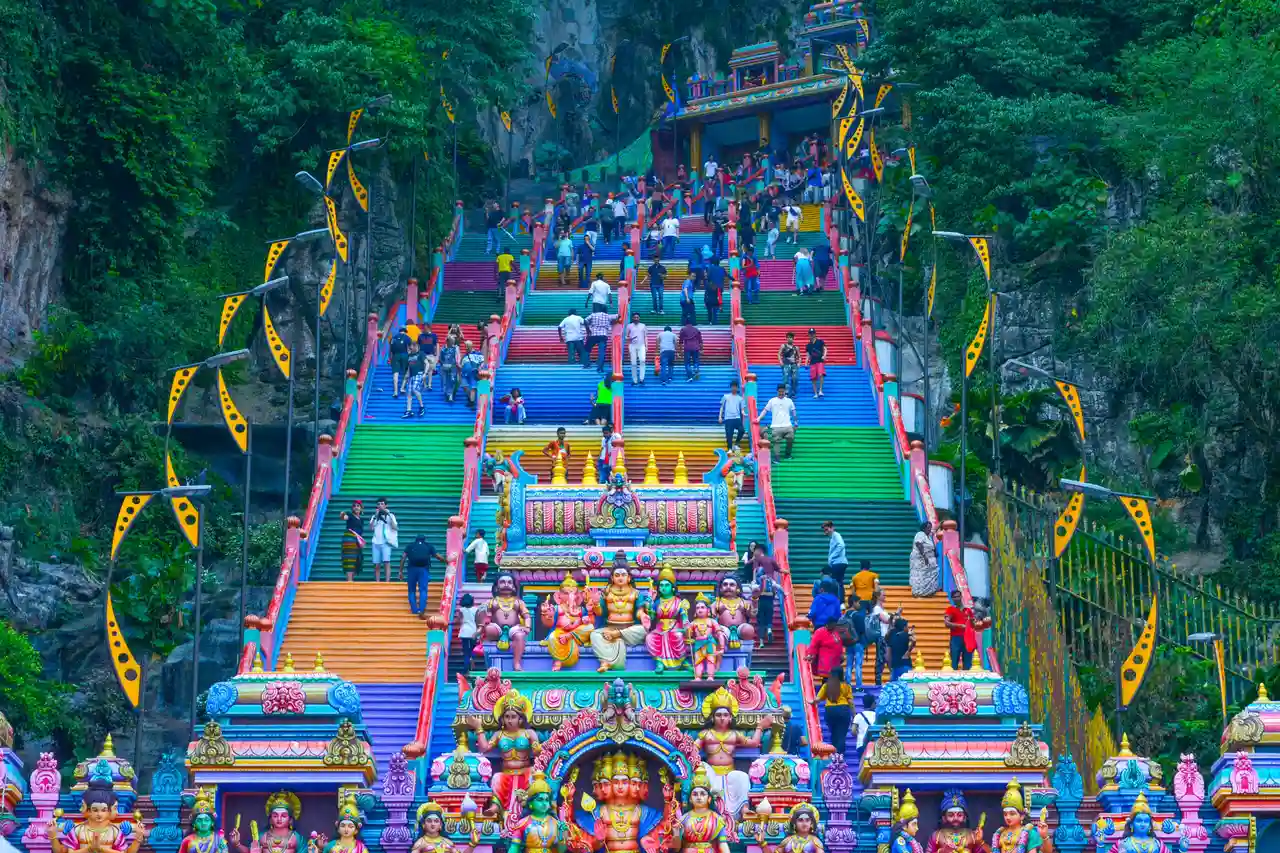
Experience both nature and culture at Batu Caves, where 272 colorful steps lead you to massive limestone caves that house Hindu temples. The 140-foot golden statue of Lord Murugan welcomes visitors at the base, making it one of Malaysia’s most recognized religious sites. Inside the caves, you’ll find shrines, religious artifacts, and troops of playful macaques who call this place home. For adventure seekers, there’s rock climbing on the limestone cliffs, while culture enthusiasts can time their visit with the annual Thaipusam festival, when thousands of devotees gather to celebrate.
KL Tower
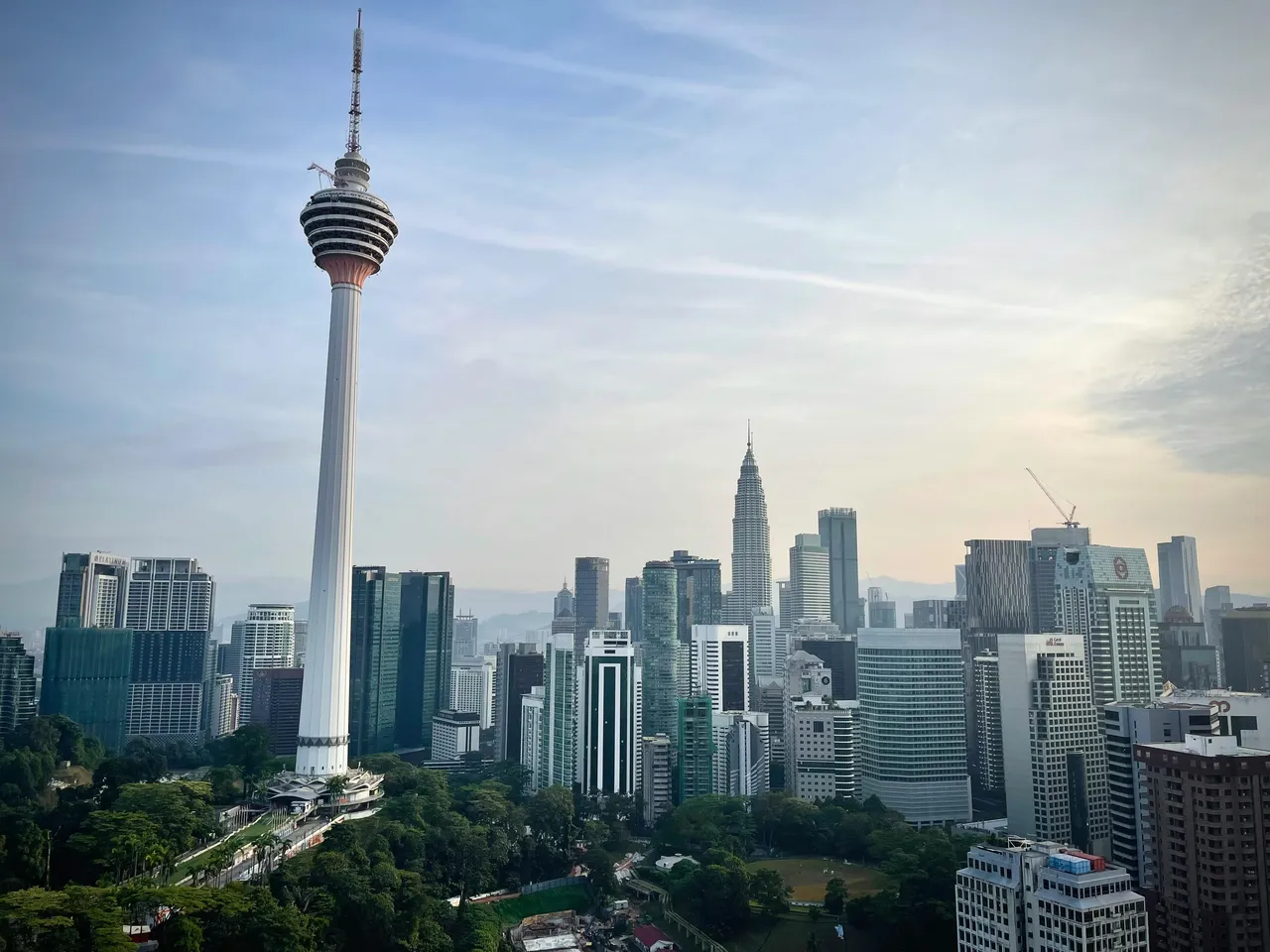
If you’re heading to Kuala Lumpur, a visit to KL Tower should be at the top of your list. Standing proudly at 421 meters, this telecommunications tower offers some of the best views of the city from its observation deck and revolving restaurant. From up here, you can spot the city’s landmarks, including the famous Petronas Towers, while enjoying a meal or simply taking in the 360-degree panorama of the Malaysian capital.
Central Market
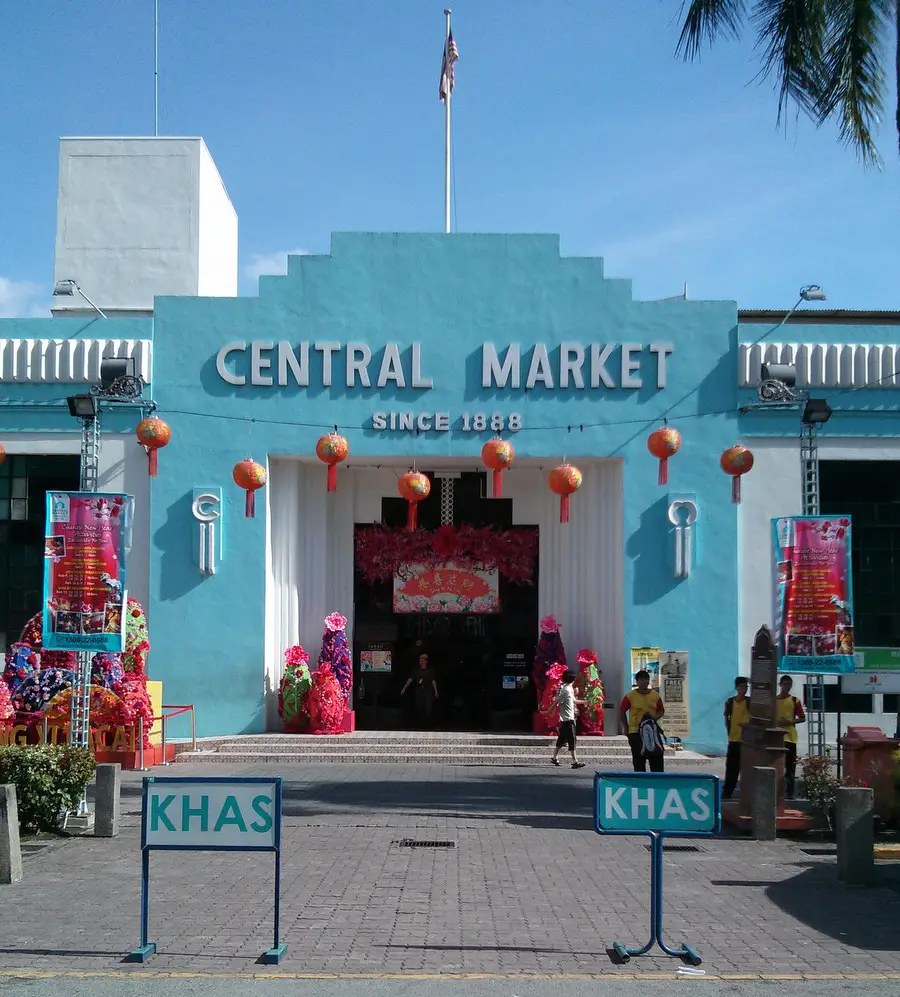
Located in the heart of Malaysia’s capital, Central Market Kuala Lumpur stands as one of the city’s oldest and most cherished landmarks. Originally built in 1928 as a wet market by the British, it has evolved into a cultural hub where local artisans and traders gather to sell their wares. Like many historic buildings in KL, it showcases the city’s Art Deco architectural style, with its distinctive blue-painted exterior and clean geometric lines. Inside, you’ll find traditional batik prints, handmade crafts, and local snacks being sold alongside modern Malaysian fashion and souvenirs. What makes this place special is how it brings together the old and new Malaysia – elderly uncles selling traditional Chinese medicine just steps away from young artists showcasing contemporary artwork.
Jalan Alor
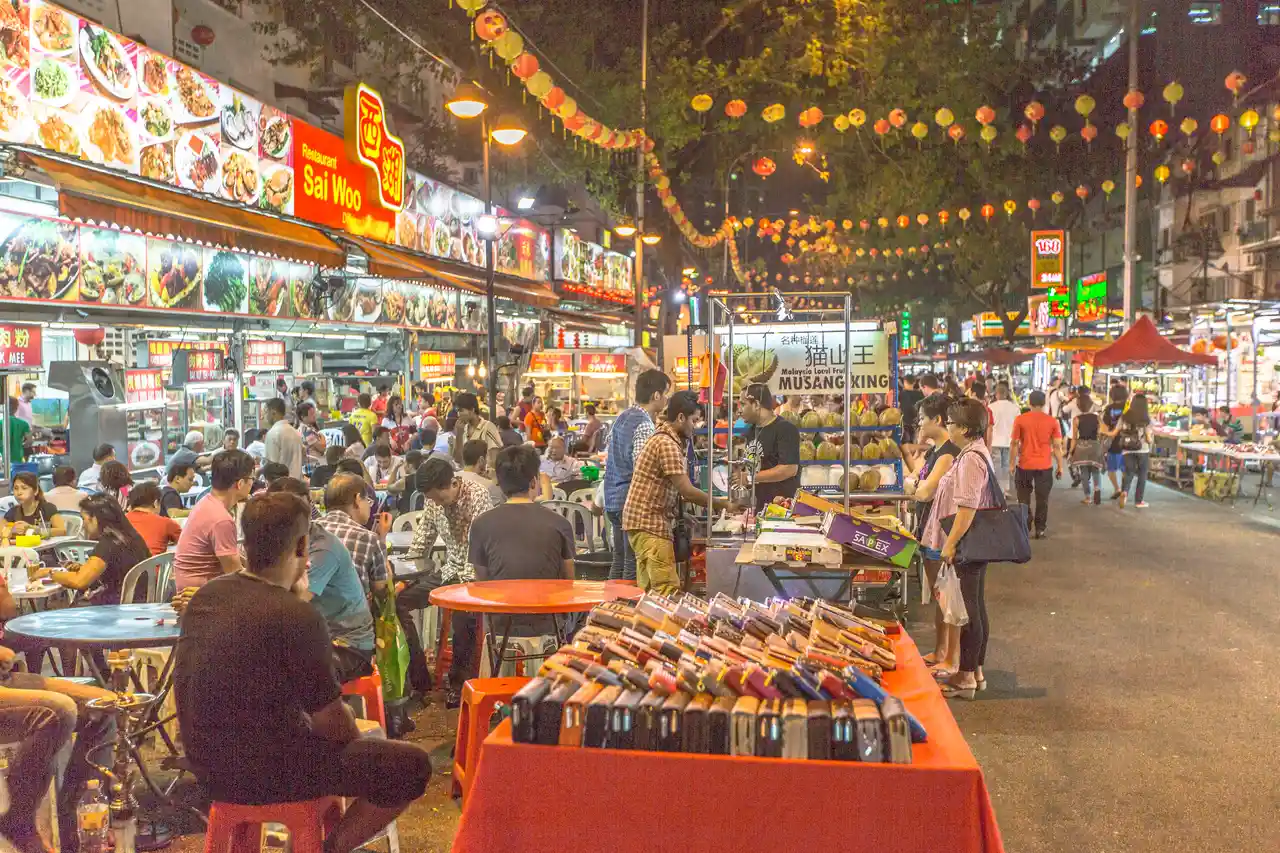
Known as KL’s most famous food street, Jalan Alor comes alive when the sun sets. During the day, it’s just another quiet street in the Bukit Bintang area, but as evening approaches, dozens of hawker stalls and plastic tables spill onto the road. The smell of grilled satay and wok-fried noodles fills the air as both locals and tourists huddle around small tables, pointing at picture menus and sampling Malaysian classics. What makes this street special isn’t just the food – it’s one of the few places in KL where Chinese, Malay, and Indian dishes exist side by side, telling the story of Malaysia’s diverse cultural heritage through its cuisine. You’ll find everything from char kway teow to durian vendors, and despite its popularity with tourists, the prices have stayed reasonable and the food authentic.
Mind-Blowing Fact:
For the ultimate street food experience in Kuala Lumpur, Jalan Alor comes alive after sunset when hundreds of plastic tables and chairs spill onto the street and the air fills with the enticing aroma of grilled satay, fresh seafood, and sizzling wok dishes. What started as a small night market in the 1970s has grown into the city’s biggest food street, where you can feast like a local and sample authentic Malaysian, Chinese, and Thai dishes without breaking the bank.
Pavilion KL
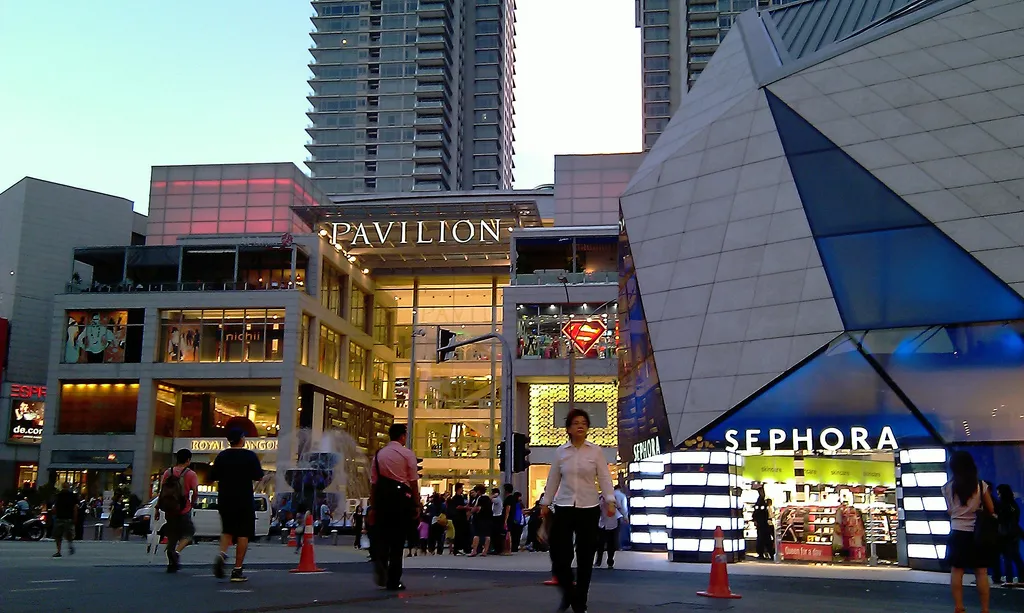
Get your retail therapy fix at Pavilion KL, one of the city’s most popular shopping destinations. This massive mall spans 1.37 million square feet with over 700 stores spread across seven levels, giving you plenty of options from luxury brands to local boutiques. Head to the Gourmet Hall on Level 1 for a mix of local and international dining choices, or make your way to Connection on Level 3 for trendy cafes and casual eateries. Don’t miss the iconic crystal fountain at the main entrance – it’s a favorite spot for photos and has become one of KL’s most recognizable landmarks.
Islamic Arts Museum
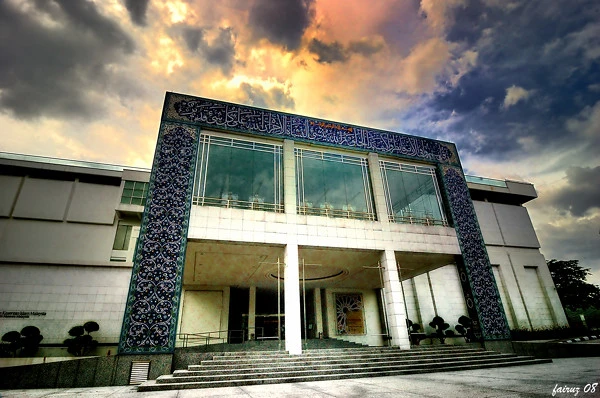
With its gleaming silver domes and modern Islamic architecture, the Islamic Arts Museum stands proudly in the heart of Kuala Lumpur’s heritage district. Opened in 1998, this cultural gem houses over 7,000 artifacts across two sprawling floors, making it Southeast Asia’s largest museum dedicated to Islamic arts. The museum’s twelve permanent galleries showcase everything from ancient Qurans and Middle Eastern metalwork to Chinese porcelain and Indian textiles. What catches most visitors’ attention is the building’s impressive architecture itself – particularly the massive turquoise dome that floods the central courtyard with natural light. The museum’s restaurant on the ground floor offers traditional Middle Eastern dishes, while the gift shop lets you take home carefully crafted replicas of the museum’s most famous pieces.
KLCC Park
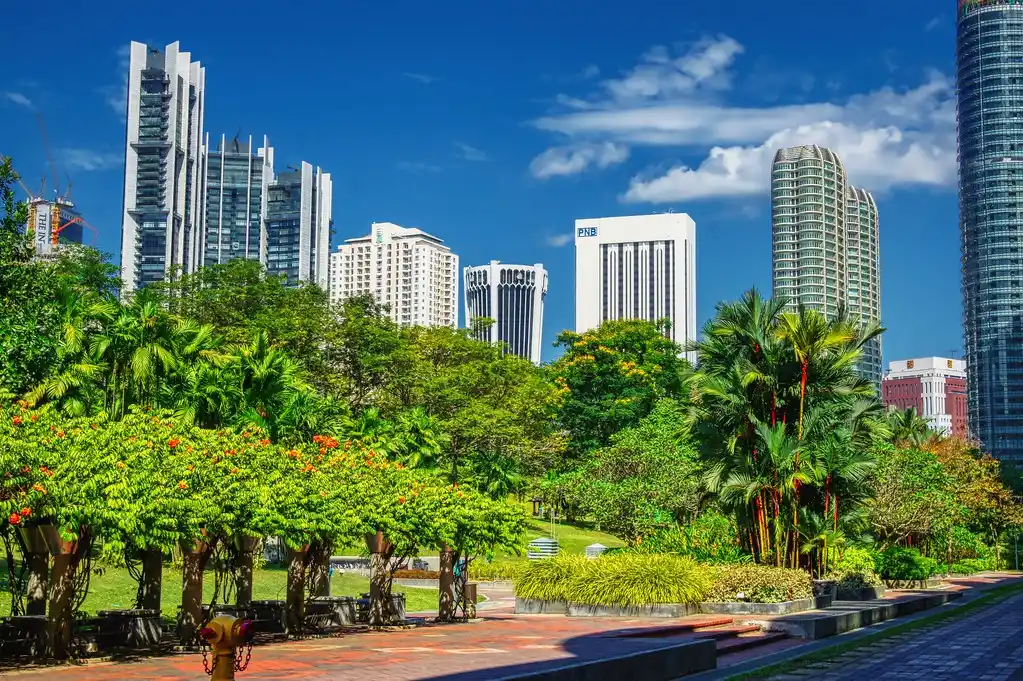
Looking for an oasis in the heart of the city? At KLCC Park, a 50-acre garden wonderland tucked beneath the iconic Petronas Towers, locals and visitors alike find refuge from the urban bustle. This green sanctuary features walking paths that wind past musical fountains, where children splash and play during the hot afternoon hours. The park’s thoughtfully designed landscape includes over 1,900 indigenous trees and palms, creating natural shade spots perfect for picnicking or simply watching the sunset paint the city skyline. It’s also home to a public pool, playground, and jogging track – making it a favorite among fitness enthusiasts who circle the 1.3-kilometer path while taking in views of the surrounding skyscrapers.
Merdeka Square
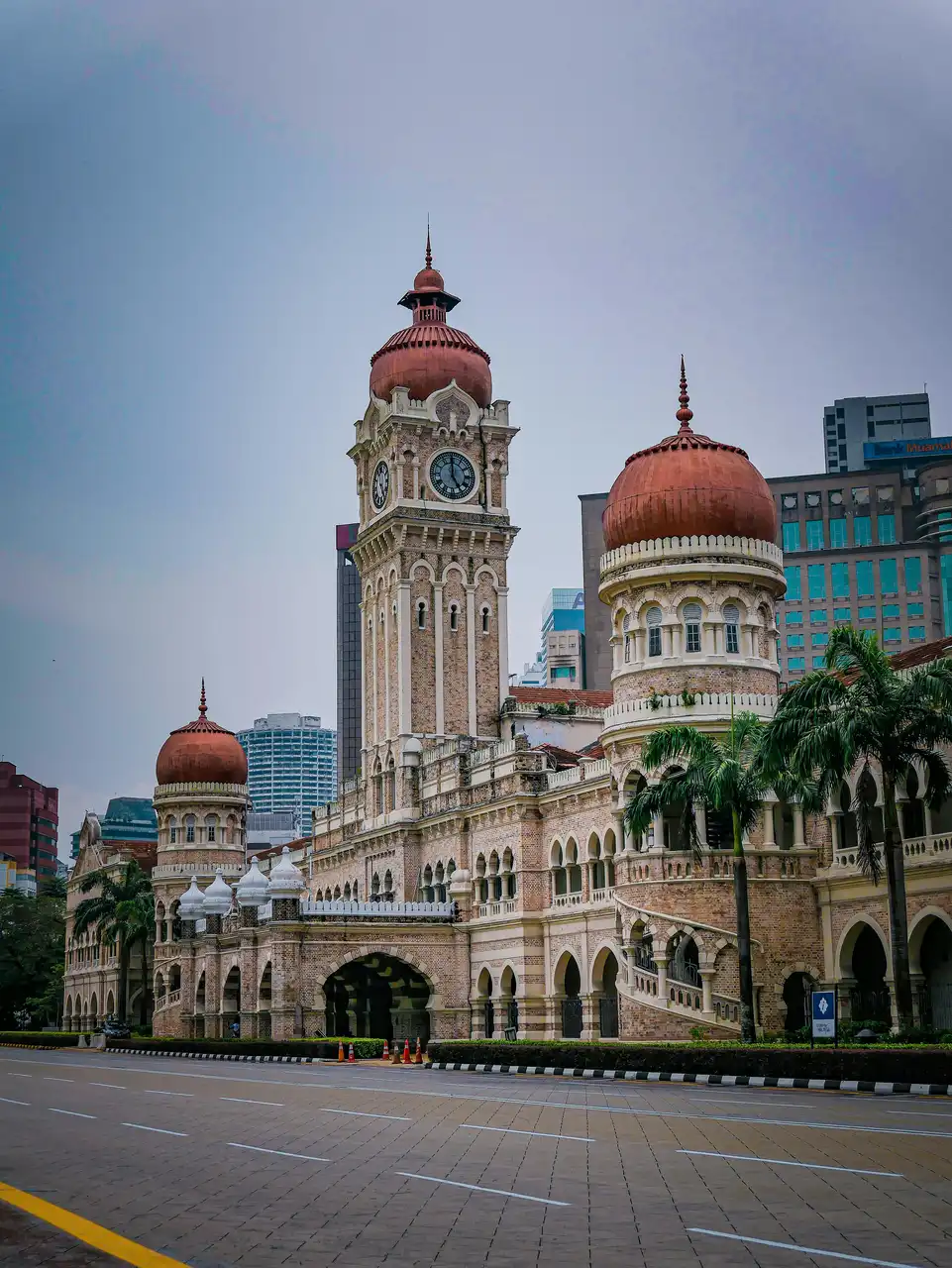
Many visitors flock to Merdeka Square, a historic square in the heart of Kuala Lumpur, to witness the place where Malaysia declared its independence from British rule in 1957. The square features one of the tallest flagpoles in the world, standing at 95 meters, and is surrounded by colonial-era buildings that tell stories of the city’s past. While most people come to see the Tudor-style architecture of the Sultan Abdul Samad Building, the square also serves as a gathering spot for cultural events and celebrations throughout the year. Whether you’re interested in learning about Malaysia’s journey to independence or simply want to take a peaceful walk through an important piece of the country’s history, Merdeka Square offers visitors a chance to experience both.
KL Bird Park
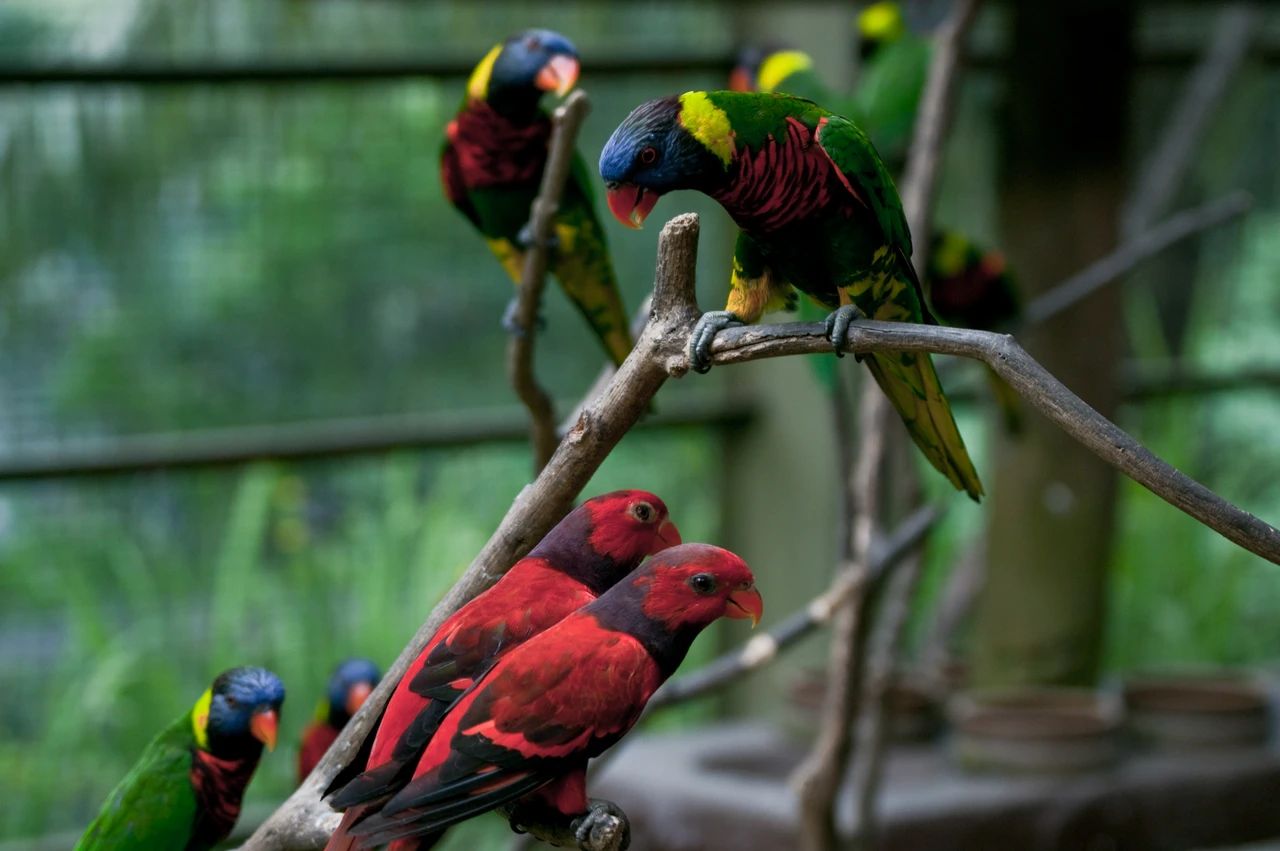
If you’re looking to escape the busy streets of KL, head over to KL Bird Park. Located in the serene Lake Gardens, this 20.9-acre park is home to more than 3,000 birds from 200 different species, making it one of the largest free-flight aviaries in the world. You can watch peacocks strut freely across the paths, feed bright parrots, and see hornbills soar overhead in their natural habitat.
Royal Museum
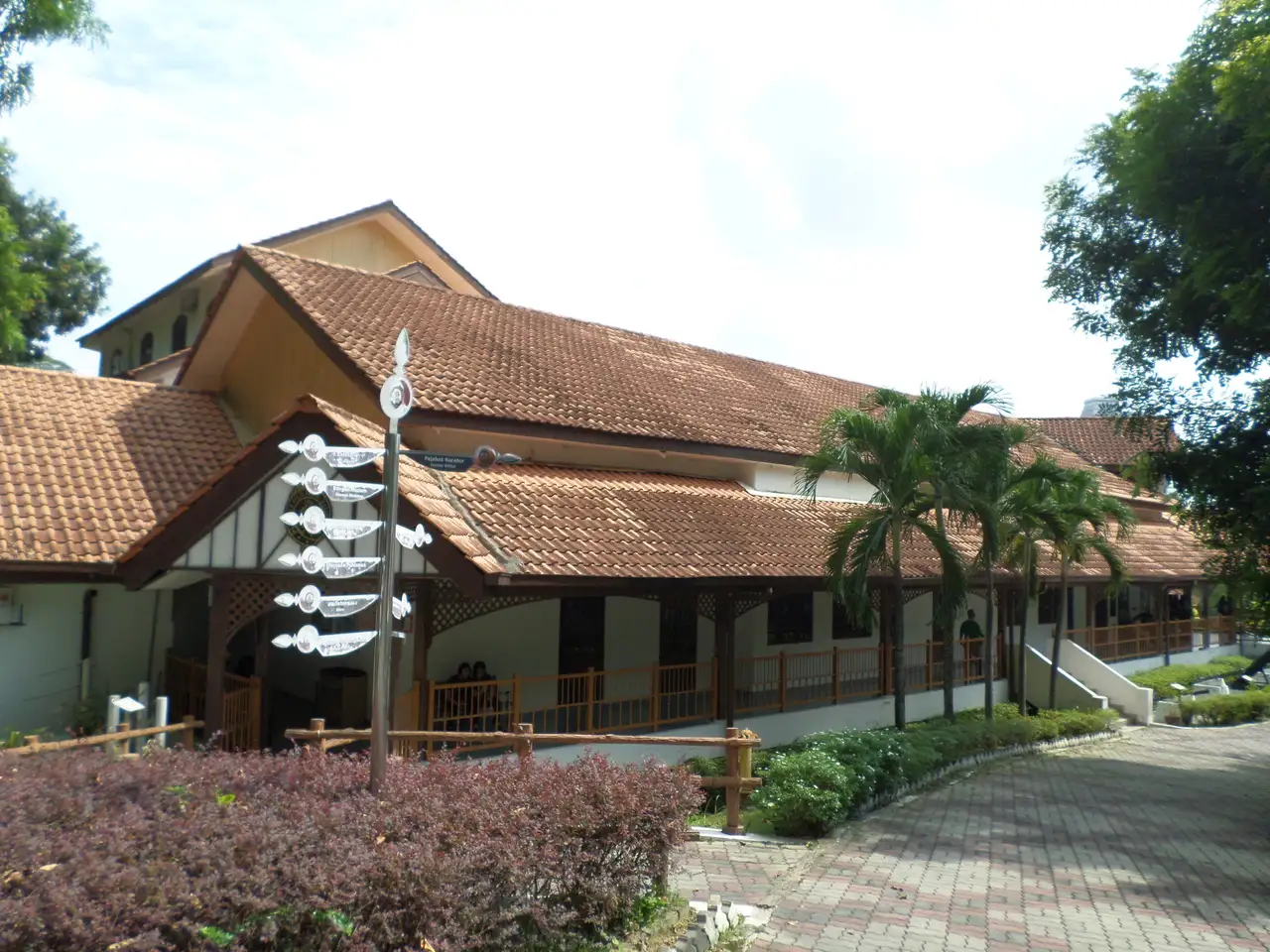
Want to experience how Malaysian royalty used to live? Head to the Royal Museum, formerly known as Istana Negara, which served as the official residence of Malaysia’s kings from 1957 to 2011. Located along Jalan Istana, this beautiful yellow palace lets you peek into the lavish spaces where the royal family once carried out their daily lives, including the throne room, banquet halls, and royal chambers – all preserved exactly as they were during their years of active use.
Petaling Street
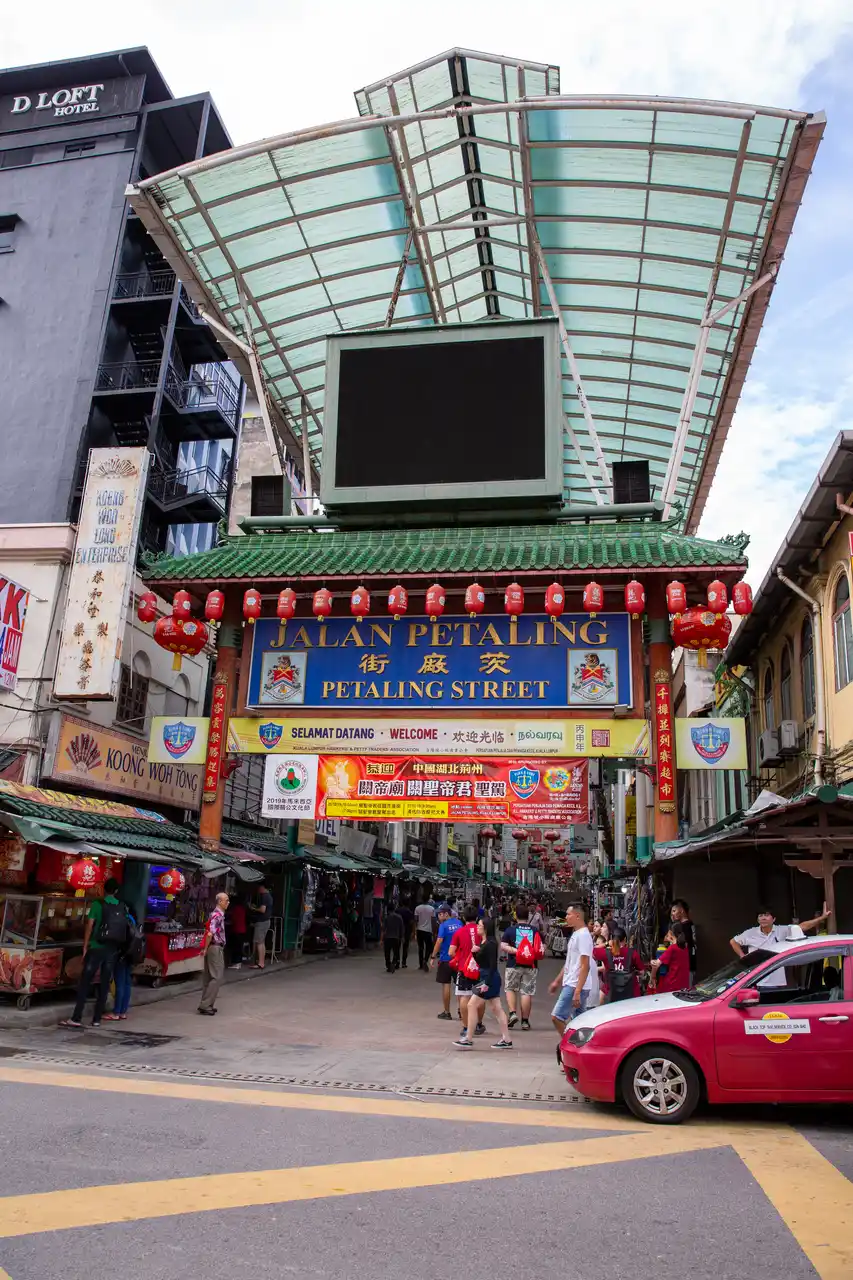
Have you ever haggled over fake designer bags while snacking on grilled satay? That’s just another typical evening at Petaling Street, Kuala Lumpur’s bustling Chinatown district. Known locally as ‘Chee Cheong Kai’, this historic market street is where savvy shoppers come to test their bargaining skills on everything from knock-off watches to traditional Chinese herbs. By day, you’ll find locals slurping up bowls of authentic Hokkien noodles in decades-old shophouses, while at night, the street transforms into a lively night market where the aroma of durian and roasted chestnuts fills the air. Don’t miss the hidden coffee shops tucked away in the narrow lanes, where elderly uncles still brew their coffee the traditional Malaysian ‘sock’ way.
Thean Hou Temple
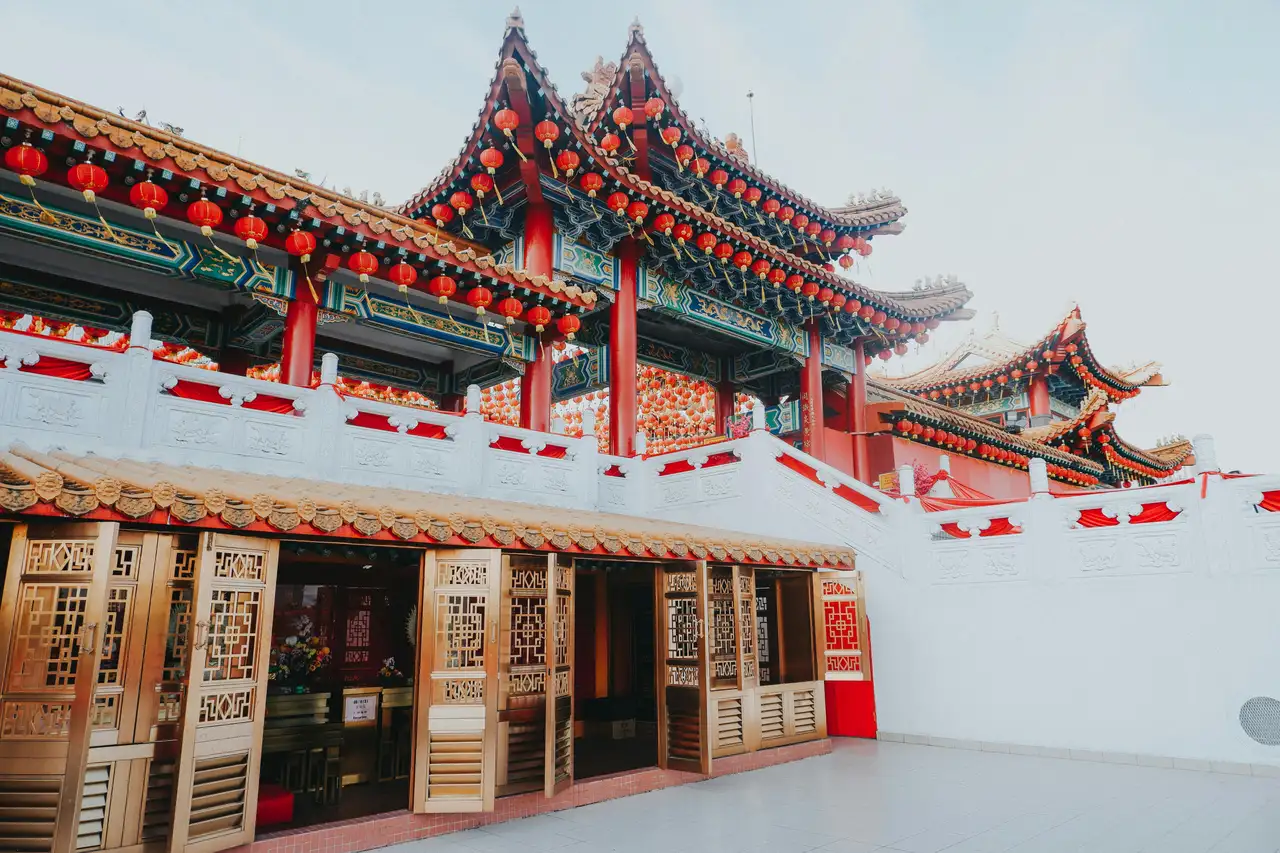
Perched on Robson Heights in Kuala Lumpur sits one of Malaysia’s largest Chinese temples, the Thean Hou Temple. Like many religious buildings in the city, it blends traditional Chinese architecture with modern building techniques, but what sets it apart is its unique six-tiered design. Built by the local Hainanese community in 1894, it honors the Goddess of Heaven, Tian Hou, and has become much more than just a place of worship. During Chinese festivals, the temple comes alive with red lanterns, traditional performances, and the aroma of incense floating through the air. While tourists come to snap photos of its curved roofs and ornate dragons, locals still visit daily to pray, read fortune sticks, and find moments of peace away from the busy streets below.
National Museum
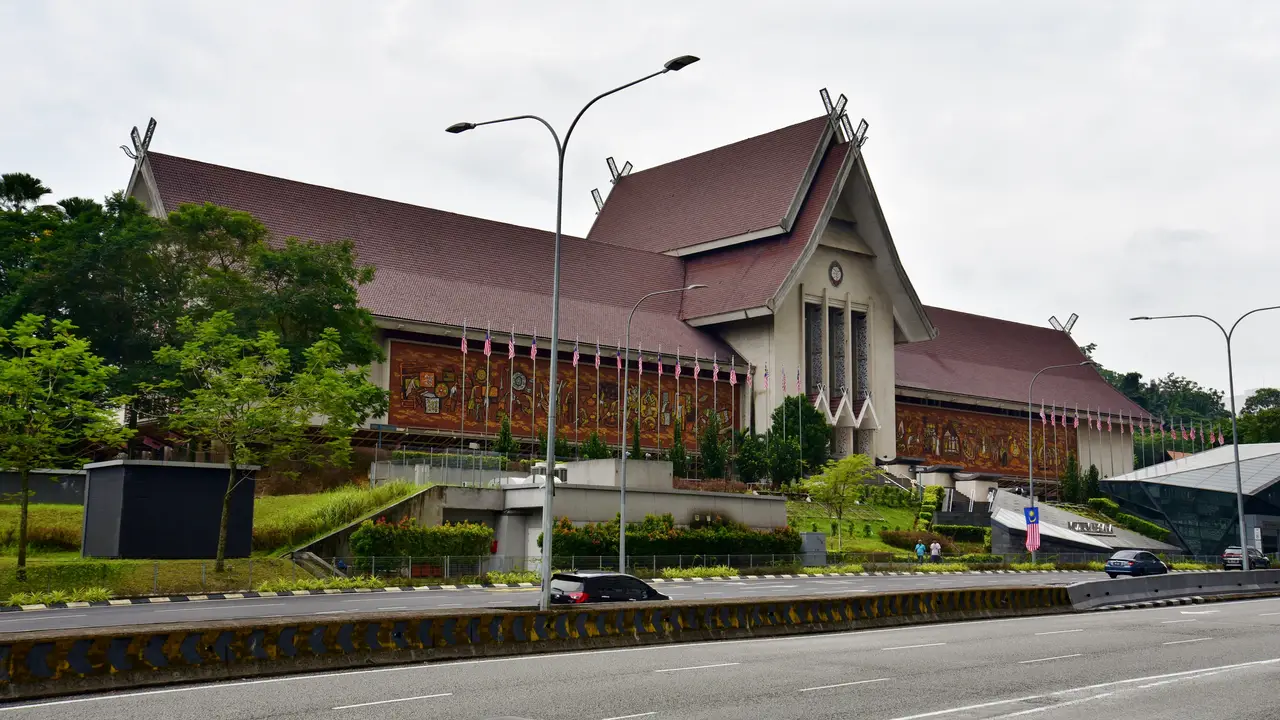
The National Museum Kuala Lumpur stands as a proud guardian of Malaysian history since 1963, housed in a distinctive building that blends traditional and modern architecture. Spread across four main galleries, this cultural treasure tells Malaysia’s story from prehistoric times to present day through carefully curated exhibits and artifacts. The museum’s facade catches everyone’s eye with its Minangkabau-style roof architecture, while Italian mosaic murals wrap around the exterior walls, depicting scenes from the nation’s rich past. Inside, you’ll find everything from ancient pottery and traditional weapons to royal regalia and colonial-era artifacts. It’s the kind of place where you can spend hours wandering through Malaysia’s journey, with each gallery offering a new perspective on how this diverse nation came to be.
Little-Known Fact:
Did you know that when the National Museum of Kuala Lumpur first opened in 1963, it featured a unique blend of both Eastern and Western architectural styles, with its two front murals depicting scenes from Malaysia’s rich cultural history spanning over 40,000 years? The museum’s most prized possession is actually its building itself – designed by architect Ho Kok Hoe, who incorporated traditional Malay house architecture elements like the distinctive peaked roof structures known as “Minangkabau.”
Sri Mahamariamman Temple
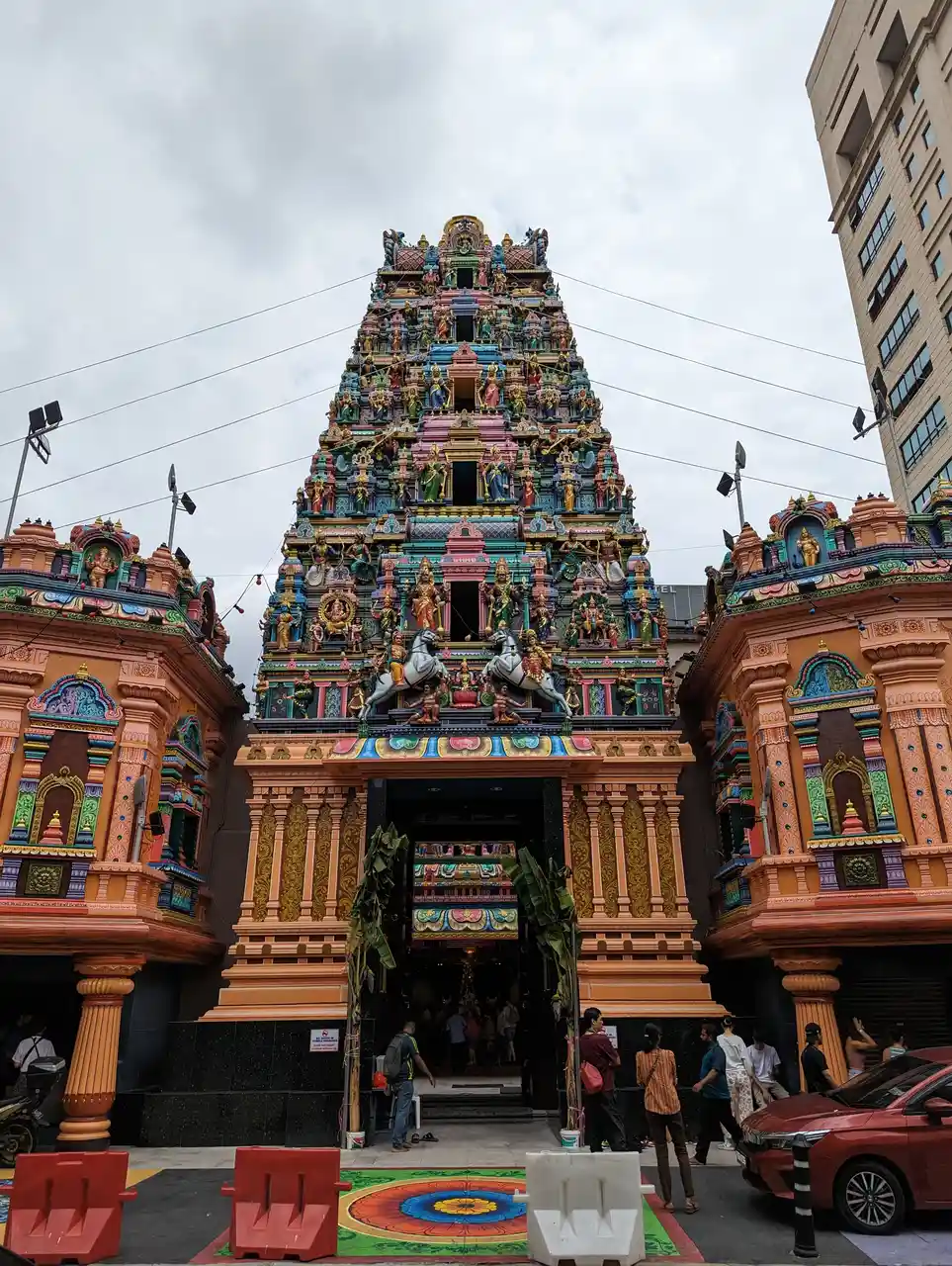
When it comes to religious sites in Kuala Lumpur, the Sri Mahamariamman Temple stands out as the city’s oldest and most significant Hindu temple. This colorful piece of South Indian architecture, built in 1873, sits right in the heart of Chinatown, creating an unexpected but welcome cultural crossroads. The temple serves as both an important place of worship and a reminder of the Indian community’s deep roots in Malaysia. Walking through its ornate gateway, you’ll find yourself surrounded by detailed sculptures of Hindu deities, the sweet scent of burning incense, and the gentle sounds of prayer bells. It’s a place where everyday devotees mingle with curious visitors, all while maintaining its authentic spiritual atmosphere.
Perdana Botanical Gardens
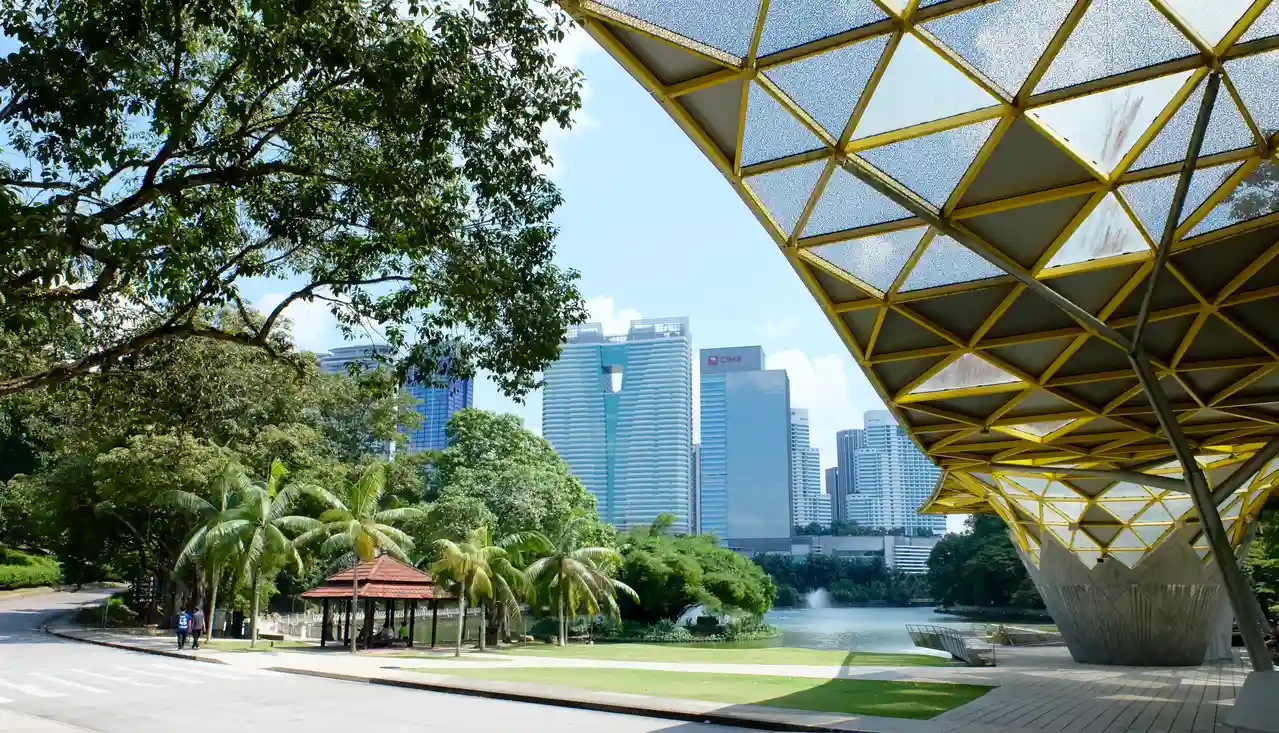
Established in 1888, the Perdana Botanical Gardens sits at the heart of Kuala Lumpur like a green oasis in the bustling city. Originally named the Lake Gardens, this 227-acre park wraps around the edges of an artificial lake, creating a peaceful escape from the urban chaos. Walking paths wind through themed gardens, including an orchid garden with over 800 species and a hibiscus garden showcasing Malaysia’s national flower. The park’s canopy of old rain trees provides shade for joggers and families who gather on weekends, while the butterfly park houses thousands of colorful wings fluttering freely in their netted sanctuary. Kids particularly love feeding the fish at the lake’s edge or watching the free-roaming peacocks that strut across the manicured lawns.
Bukit Bintang
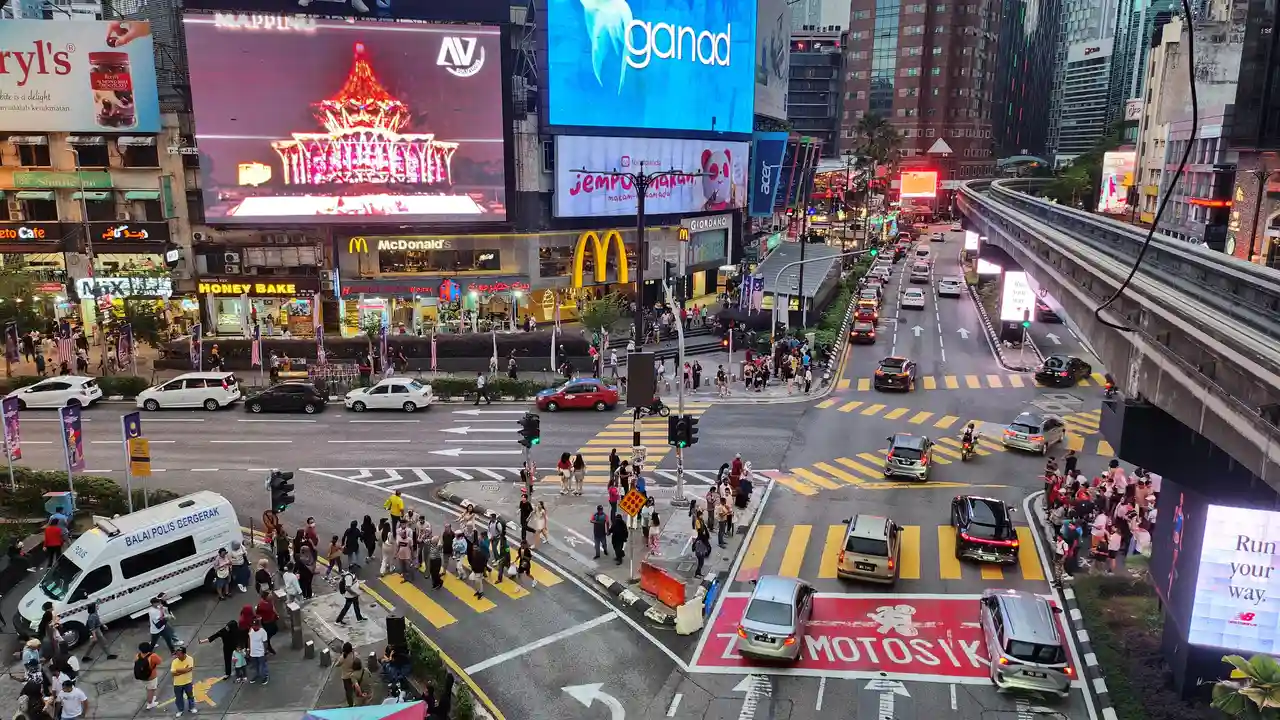
Experience the heart of KL’s shopping and entertainment scene in Bukit Bintang, where locals and tourists come together to shop, dine, and play. This bustling district is home to mega malls like Pavilion KL and Lot 10, where you can find everything from luxury brands to local boutiques. When night falls, the streets come alive with food stalls serving Malaysian favorites, while places like Changkat Bukit Bintang fill up with people looking for good drinks and live music. For a quick bite, head to Jalan Alor, a famous food street where you can sample authentic local dishes like satay and char kway teow under the glow of red lanterns.
National Mosque
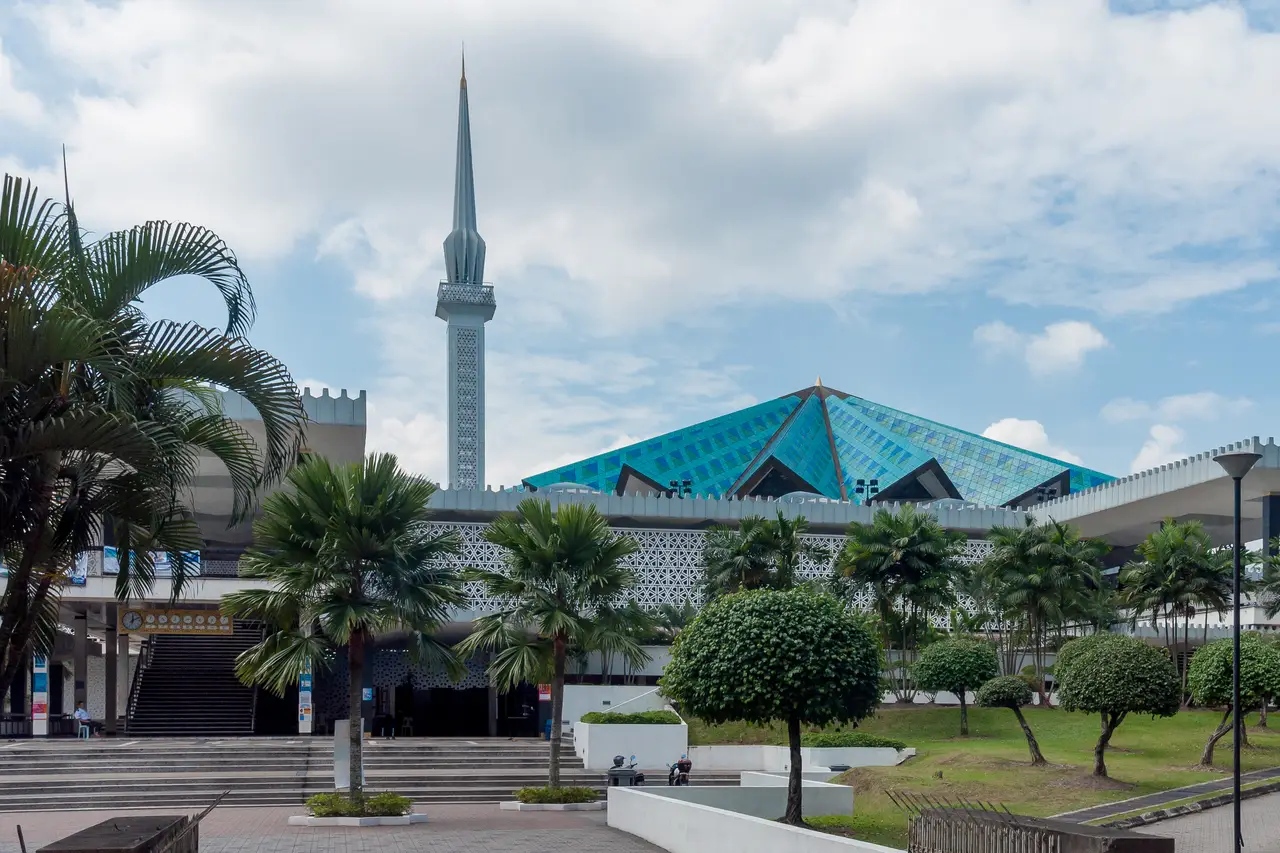
If you’re looking to understand Malaysia’s Islamic heritage, the National Mosque is a must-visit spot in KL. Built in 1965, this modern mosque can hold up to 15,000 worshippers and features a bold 73-meter-high minaret alongside 48 smaller domes. The main dome’s unique star-shaped design has become an iconic symbol of the city, drawing both worshippers and visitors who want to learn about Malaysian Islamic culture.
National Monument
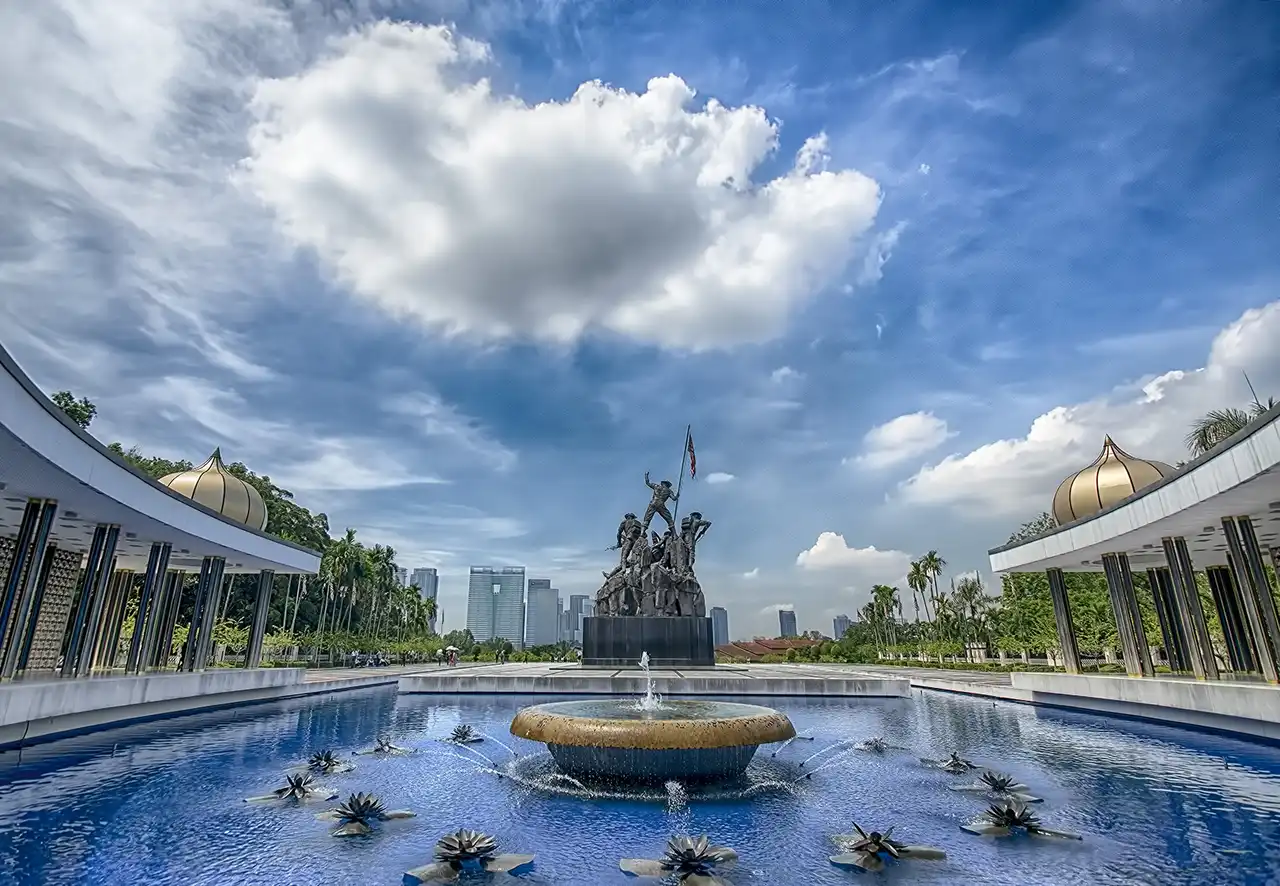
Pay tribute to Malaysia’s fallen heroes at the National Monument, the world’s tallest bronze sculpture featuring seven soldiers in dynamic poses. This 15-meter-high masterpiece stands as a powerful reminder of those who fought for the country’s independence. The surrounding park offers peaceful walking paths where you can reflect while taking in views of the city skyline. Come at sunset to see the monument beautifully lit up, or join the crowds during National Day celebrations when locals gather to lay wreaths and honor their nation’s brave defenders.